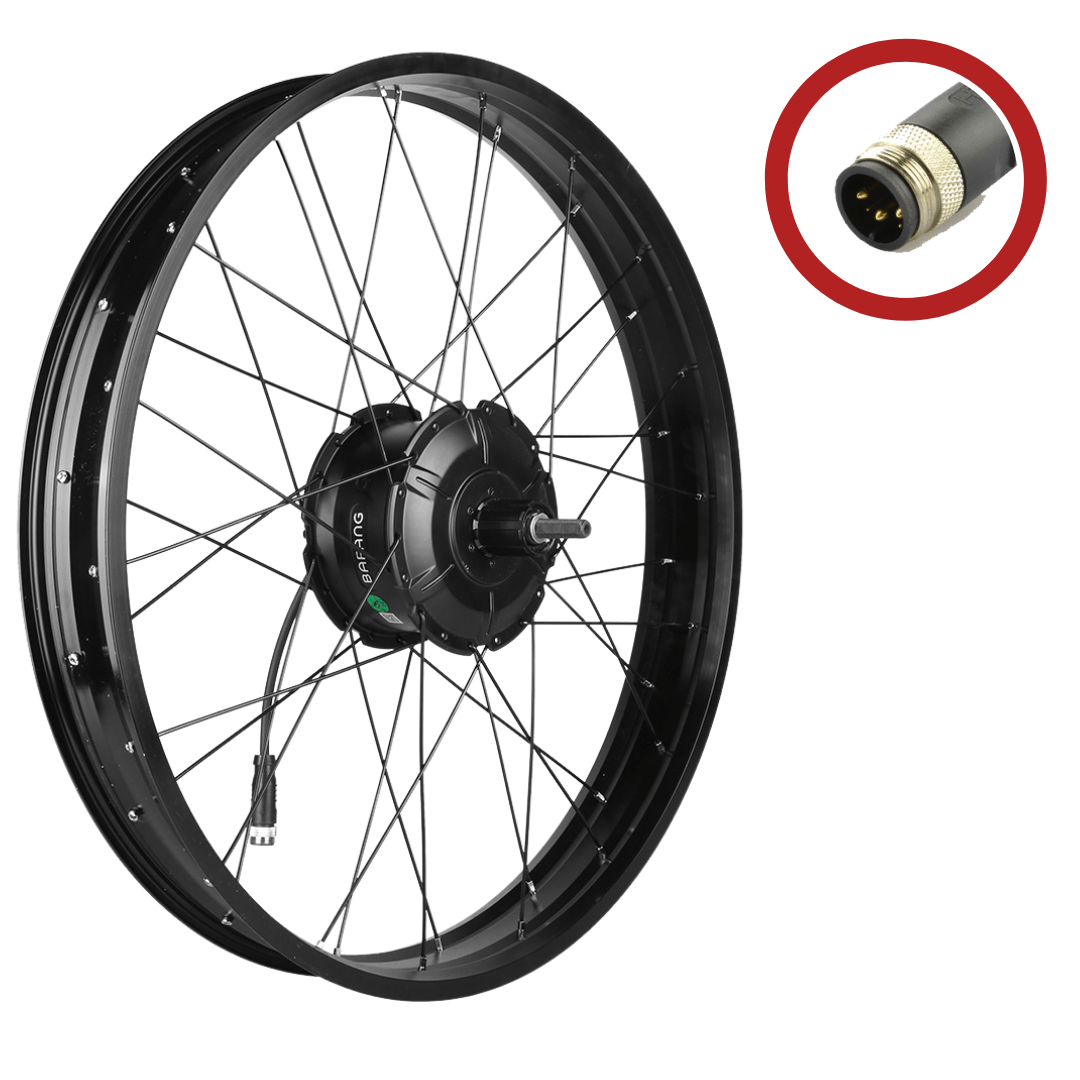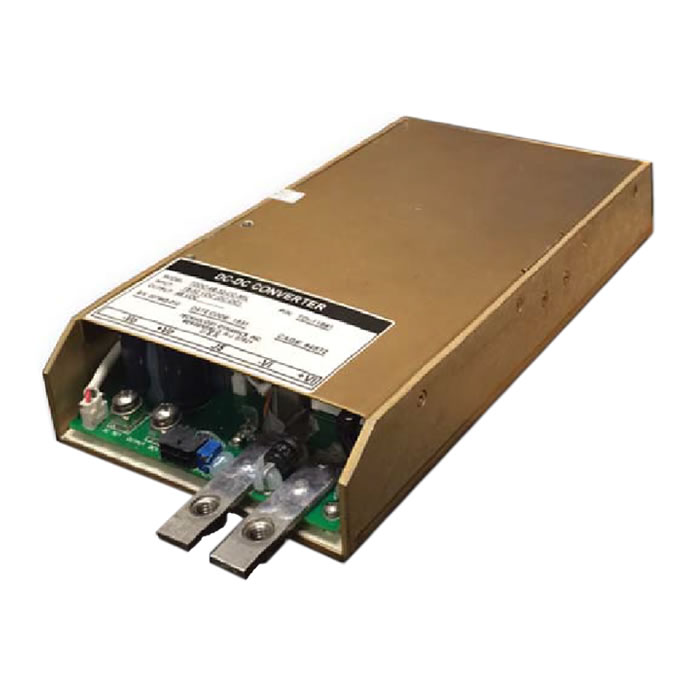Yea I'm sold other than the price. But mann I really want these.
- Rated Capacity:40Ah
- Nominal Voltage:2.3V
- Internal Impedance:≤1.0mΩ
- Working Voltage:1.5-2.9V
- Max Continuous Charge Current:240A
- Max Pulse Discharge Current:400A
- Weight:1240.0g per cell
The fast-charging Yinlong LTO battery cells can operate under extreme temperature conditions safely. These Lithium-Titanate-Oxide batteries have an operational life-span of up to 30 years thereby making it a very cost-effective energy solution.

www.yinlong.energy
I would love to build even a 48V with these. but you could buy them 12V at a time and just add another group when you can afford to.
But lets look at the cost to build the pack.
For 48 V we would need 4 sets of these.
$349 a set. = $1396 for 48 volt pack 40AH. then +349 = 60V +349=72 + 349=84
$2443 for 84V 40AH <<<<-----you would never need more than this.
On my 24 AH 48V I get about 40 to 50 miles range. The 84V even at higher loads would draw wayy less amps compared to the 48V so i would expect a great range.
Not bad really considering if i built out of 21700 its gonna cost me $1000 for less than 40AH.
The power is off the charts. I never plan to go over 120A pull from the battery so that hardly touches this battery. It'll be like REALLY.....thats all you got.... Lol.
Also you do not need to weld these together. You use BUS Bars.
They are a a bit large.
So in inches 2.5987 diameter by 8" long across the thread and 6-3/8 body length. so you could probably get rid of half the length of the thread depending on how thick the bus bars are.
for 48V we need 24 cells.
for 60V we need 30 cells.
for 72V we need 36 cells.
for 84V we need 42 cells.
Alright so for a 48V battery pack with 3 rows of batteries high (circle facing you), the battery would be roughly 8" Tall x 8" Wide x 23" long.
It's doable and won't look bad. It will go on my rear rack.
To get to the 84V I am going to put the batteries on each side of the top tube in the front of the bike. This will get some weight closer to my front tire in case i throw a motor on there. Sure I will eventually. I laid it out to see the size of the packs and it will fit pretty nice. Nothing will interfere with my legs or pedal areas. And I can make the Boxes any 3D shape i can come up with so I can make it look really sweet. It will balance nice and the weight distribution should be really good.
Here's my sketch.
Now i'm happy. I know this is what I want to do for the battery without a doubt. I was struggling with that a little. They are very dangerous. These batteries are much safer than the 21700. From a cost standpoint the best thing is I only need to buy 6 cells at a time. They can be added to the battery 1 at a time. There is no welding involved so less to go wrong there. And actually this battery is waayyy wayyyy more cost effective over the long run.
The life is incredible. There advertising 30 years of use. So its $500 for a 1000 cycle UPP battery vs $1400 for this pack.
So that's roughly 3000 cycles equivalent cost in UPP Batteries.
I'm just gonna put the specs here.
- High Safety: With spinel structure and zero strain material, No fire or explosion even after steel needle penetration, passed sea water submerging, cutting or burning test, etc.
- Long Circle Life: 80% capacity after 25,000 times life for 100% DOD charging/discharging.
- High Power: Large power similar to supercapacitor. Have great advantages on grid peak load and frequency regulation.
- Fast Charging/Discharging: 10 times capacity charging, 6 minutes charging time for a single cell, 10~20 minutes charging time for electric vehicles packs.
- Wide Temperature Range: Stable and reliable performance covering the wide temperature range from -50 ℃ to 60 ℃. Work in a super cold climate that no others can compete with.
So its a no brainer....do the math. 25000 / 1000 = 25 it takes 25 UPP batteries to cover the life of this pack.
25 x 500 = $12,500 means cost savings of 12500-1400= $11,100 over the life of this one pack.
So its 3X the cost up front but 25 times the life.
Nuff Said.
Decision Made.
Now I just need some more money dammit. Or a sponser.....or you guys can start buying custom ebike parts from me. Ahhhhhhhhh.....IDK I'll find a way.
Only bad thing is the b=84V battery weighs about 115 LBS. the 48 Weighs. 64.8 LBS.
So im gonna say it now. This battery would'nt make a lot of sense on a stock bike.
You only need 30 amps for the stock setup. You can use this but it's just the weight consideration.
If your not running a higher power motor and controller your gonna loose speed and power.
Secondly I mentioned running a second motor. In this case it's best to do that for the simple fact that if one motor breaks the other gets you home. Pedaling this bike would be like pedaling with someone riding on your seat while you stand and pedal. I always run throttle and rarely pedal to be honest. This is my transportation not my exercise so its a different scenario for me.
The typical 72V 40 ah I think weighs under 25lbs.
If it weren't for the fact that i'm going to have way more power than I need motor wise and controller wise due to the weight I wouldn't recommend using this. I mean the good thing is because there 10C even a 36V battery can output way more than enough to power thousands of watts. But this is where motor winding starts to come into play for us. But it could work out we have a 400A discharge MAX but lets call it 200A Discharge. But then even my high power controller can only pull 120A so 120A is my limiting factor. 120A * 36V = 4320 so even at that with a 36V battery and 120A capable controller you can push an impressive 4320 watts. I think most people are only running maybe 1500W max.
So lets figure this out. There is a trade off.
And this is just a quick few calculations so to really know what result we will get we need to use the Grin Calculator. It has the data for a lot of the motor windings and I think to get accuracy here it needs simulated.
In this scenario we have 2 ways to drive the motor and get the performance we want. If we want more torque we run lower V and High A. So get higher speed we run higher V and lower torque. This is the way we normally deal with it.
Now we are actually reversing the situation. We want to run lower V and Higher A to reduce the number of battery cells and lower the weight for lower power setups. The problem is that I believe the higher A will generate a lot more heat. Well we can say for sure that Lower voltages and higher amperages are going to generate more heat than a higher voltage and lower amperage. By how much is what we have to figure out. And we also have to figure out how much more amps we need to draw to hit our desired speed. It's not super bad cause there is a relationship between Volts Amps and Watts and it is linear. But the issue is we are stuck with certain windings else we could adjust for this and have an equivalent motor by adjusting the winding for the lower voltage.
Ok it's gonna get a little deep.
#1 Lower KV Rating = Higher Torque
#2 Higher KV Rating = Higher Speed
(MOTOR TORQUE CONSTANT) KT=1/KV (if in RPM KT=9.54/KV)
(TORQUE GENERATED) T=KT*CURRENT
When you throw in ohms law you get.
Torque = KT * V/R V=Voltage R=Resistance
=9.54 / KV Winding * 36 / Winding Resistance
So we need the resistance of the motor. The Mfg might give it lets see what we can find.
Elevate your fat tire eBike's performance with our powerful 1000W Bafang G062 Motor Kit. Designed for the adventurous rider, this kit includes a rear cassette type fat motor mounted on a rim, capable of delivering 45A continuous power and an impressive peak of 80A/90A. The 30A sinewave...

biggamebikes.com
Bafang G062 1000W 48V motor, left side outlet, cassette, fat tire bike motor.
Number of magnets (pulses/period) 6
Reduction ratio 1:5
Number of motor poles (2P) 20
Rated voltage (DCV) 48
No-load speed (Rpm) 400
Rated power (W) 750 /1000
Load speed (Rpm) 350
Maximum torque 85 N.m
Efficiency (%) ≥ 80
Weight (kg) 4.9
Noise (dB) < 55
Operating temperature -20 - 45°C
This is the 750w model I have 1000W . No good data here other than It has 2 part numbers. #1
RM G06A2.1000.D and #2
H550
Lets see if we can find any H550 Data sheets.







